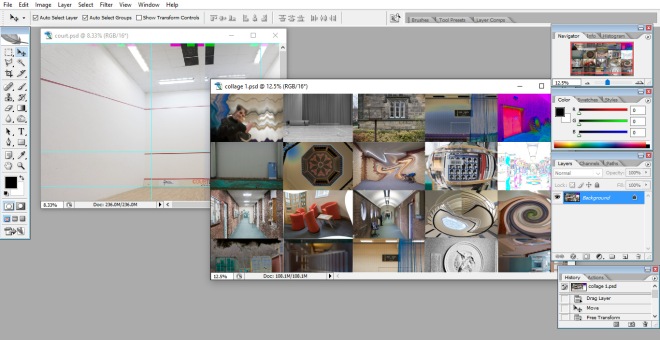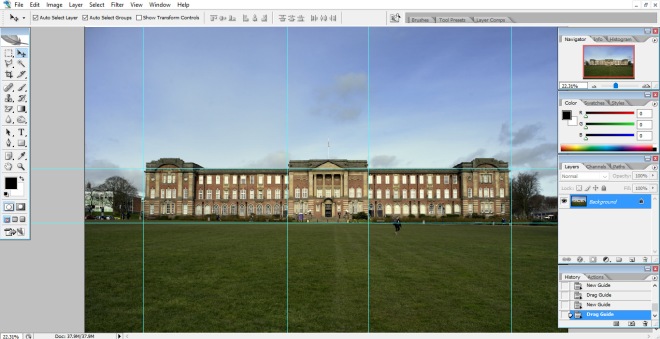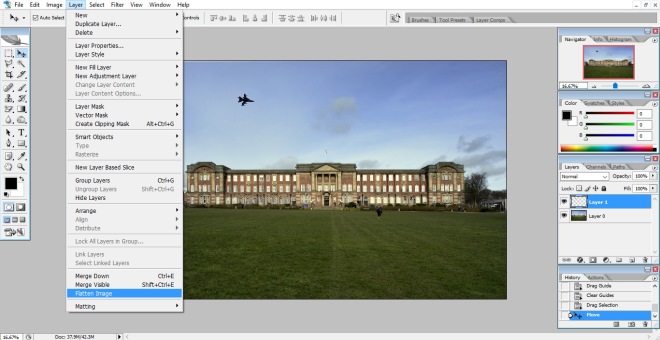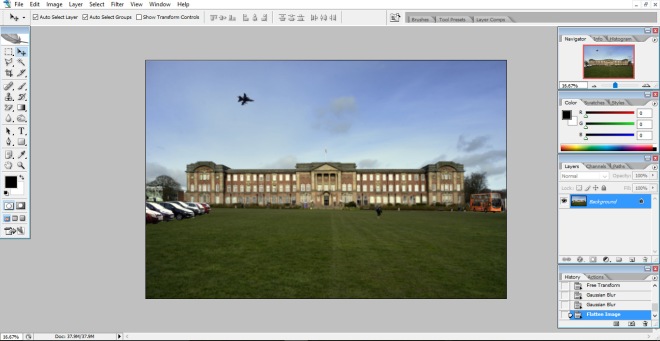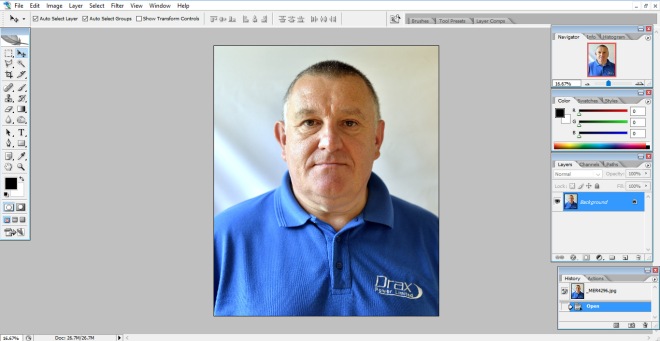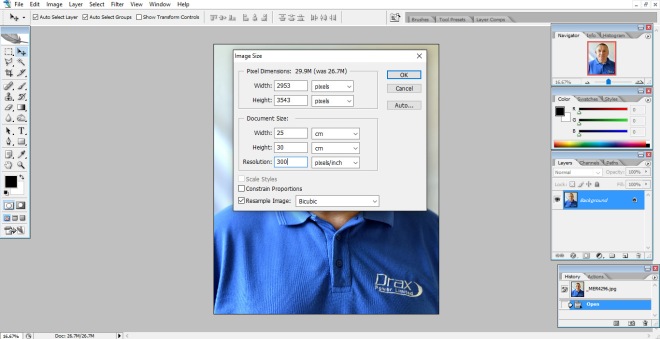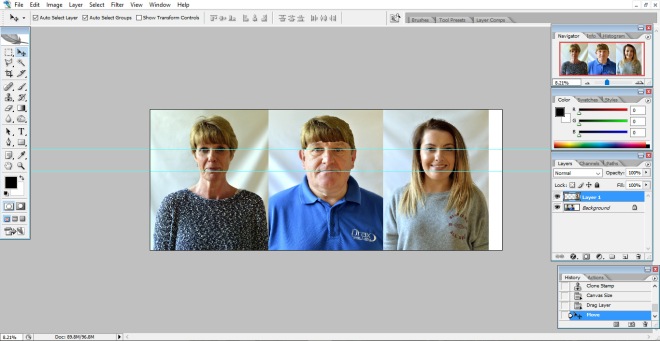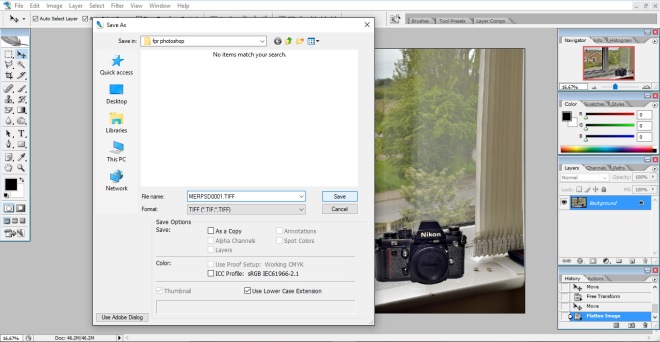Introduction:
This was another genre of photography that I’ve not yet had a go at, so again this was another interesting one for me. I’ve done a few bits that have involved following people around and photographing them at work, or whlst participating in an event, but nothing like this. I decided for my five ‘lifestyle’ images to concentrate on taking pictures of a good freind of mine, just illustrating basically what goes on in his day to day life.
Image 1:
This first image was taken on an elevator in one of the many Rome Metro stations. I quite like the lighting and the depth of field in this image, the reaction of the subject is quite good too.
This image was shot at 1/20th F2 at ISO 125. As you can imagine trying to shoot in a metro station where it’s dark is difficult, however using a large apature for this image wasn’t an issue as I intended for the image to have a shallow depth of field, so that the main focus of the viewer is on the subject rather than the elevator itself. A shutter speed of 1/20th of a second was also used to take this image, this alongside a wide open apature meant that a relitively low ISO of 125 could be used keeping grain low and qaulity and dynamic range high.
During the stage of processing, I lowered the highlits slightly and lifted the shadows, I then added +2 contrast to the image, after this was done the image as ready to be processed from a RAW file to a Tiff.

File Name:
MERLS0001.JPG
Metadata:
Subway, Dark, Elevator, Leather, Jacket, Thumbs up, Approval, Generic, Bright, Light, Travel, Explore, World, Europe, Holiday
Image 2:
This image was shot whilst on the sleeper train between Munich and Köln, the image shows one of the dorm style rooms that you get on a sleeper train, with the rest of the group already sleeping. It shows the cheap but cheerful sort of lifestyle that we had for a week in order to be able to afford the trip, having a bed for the first time in 3 nights was worth the extra 30 euros!
The image was shot at 1/80th, F3.5 at ISO 4000. 1/80th of a second was the lowest shutter speed that I could use on the moving train and F3.5 is the widest apature that I could drop down to on my 18 – 35 full frame lens. This was still not producing enough light so a high ISO of 4000 was required to get the image exposed correctly.
During processing I lightened the image up sligtly by lifting shadows intensyfying highlights and lifting the exposure compensation by + 1. After this I quickly applied a +1 contrast to bring out tones in the image and increased the white balence by a few kelvins to warm the image up slightly. After this the image was ready for converting from a RAW file to a Tiff.

Filename:
MERLS0002.JPG
Metadata:
Sleeper, Sleep, Train, Carrige, Night, Hoteltrain, Thumbs up, Approval, Holiday, Beds, Bunkbed, Travel, Interail, Trip, Germany, Deutschland
Image 3:
This image was taken after we returned from the Europe trip and visited Kellingley Colliery which is local to me. As we both share an interest in industrial and film photography I thought I’d include this image of Andrew at Kellingley taking a photo of the pit on his Canon EOS 1 film camera.
The image was shot at 1/160th, F4.5, ISO 100. This photo I knew would require the lifting of shadows at a later stage, so I metered off of the pit and the sky and took that shot. I knew that I wanted Andrew and his EOS 1 in focus so I focused on him and shot the image at F4.5 knowing that this would have the subject and the bridge in focus, with the focus drifting toward the pit itself but still keeping the pit in view. I shot the image at ISO 100 as I knew I’d be lifting the shadows during processing, not having a flash with me. Shooting at an ISO of 100, keeps the grain low and stores more information in the pixels allowing for more manipulation of the shadows at a later stage.
During the processing the first thing I did was raise the shadows to look natural, having the exposure on the subject blend in with the as shot exposure of the pit and sky in the background. Usually this would be done with flash, however I didn’t have one present with me at the time of shooting. once the exposure had been corrected I applied a +2 contrast to add tones to the image and to hide a few areas of grain build up. I then Increased the saturation of the image by +1 before converting the RAW file to a Tiff.

Filename:
MERLS0003.JPG
Metadata:
Canon, Film, Camera, EOS-1, Kellingley, Colliery, Pit, Mine, Photographer, Canal, Leather, Jacket, 35mm, Aire, Calder, Navigation
Image 4:
The next two images show Andrew at work after the holiday, and back to his usually lifestyle as a fitter on the North Yorkshire Moors Railway. I headed up a couple of weekends to complete my photo story project and took these whilst there. This first one shows the subject in the cleaners cabin near the coal drops.
The image was taken at 1/125th, F1.4 at ISO 1000. This image was taken in rather challenging light, the only light been the rather dim lamp in the cabin, the rest of the yard was in darkness. To counter this I decided to drop my apature as low as possible, which is F1.4 on my 30mm fixed, and to make up the rest of the exposure on my ISO, hence the ISO of 1000, my shutter speed was left at 1/125th for hand held photography.
The image hasn’t been edited too much, I increaced the exposure compensation by +2 and the contrast also by +2 to acheive the below image, the usually RAW to Tiff converstion took place too.

Filename:
MERLS0004.JPG
Metadata:
Work, Dark, Coal, Gritty, Hardwork, Shovel, Cleaner, Cupboard, Steam, Shed, Railway, Hi vis, Worker, Nightshift, Late, Night
Image 5:
This final image shows Andrew fitting a lamp to the rear of one the engines just before clocking off for the night, this image was taken at around 22:00.
This image as you can see was also taken on shed, the light is extremely scarse in here making photography challenging. The image was shot at 1/100th, F1.4, ISO 6400. Although the image needed to be shot at a wide open apature and high ISO to make up for the exposure whilst hand held at 1/125th, I do still like this image. It has a timeless and gritty feel to it, a feel that captures the environment of the old steam shed well.
This image has only had a +1 contrast added to it, other than that it is straight out of the camera. The image was of course then processed from a RAW file to a Tiff.

Filename:
MERLS0005.JPG
Metadata:
Lamp, Oil, Coal, Gritty, Dirt, Hi Vis, Worker, Nightshift, Night, Steam, Engine, Shed, Candid, NYMR, Fitter, Engineer


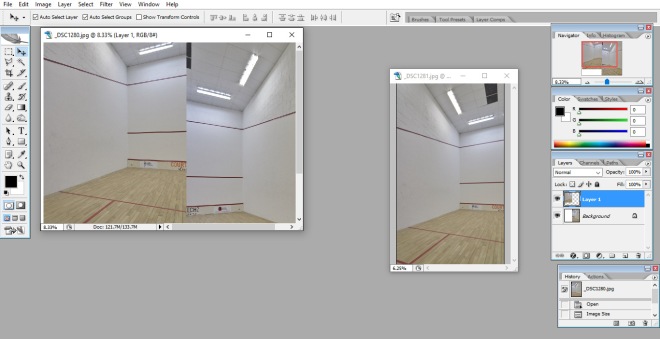

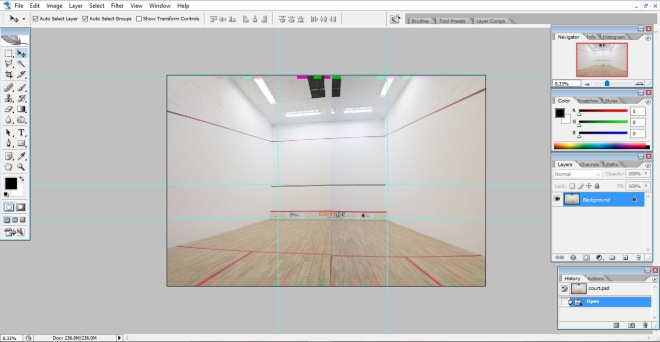 Sadly, my two images didn’t stitch perfectly together, a lesson learned should I attempt to do this in the future, to ensure that the two images are taken dead centre and as close to the centre of the image as possible regarding height, I took these two images slightly off centre whilst knelt down, and it has made stitching the two images together near impossible. Still, it’s an mportant lesson learned the hard way for next time.
Sadly, my two images didn’t stitch perfectly together, a lesson learned should I attempt to do this in the future, to ensure that the two images are taken dead centre and as close to the centre of the image as possible regarding height, I took these two images slightly off centre whilst knelt down, and it has made stitching the two images together near impossible. Still, it’s an mportant lesson learned the hard way for next time.


